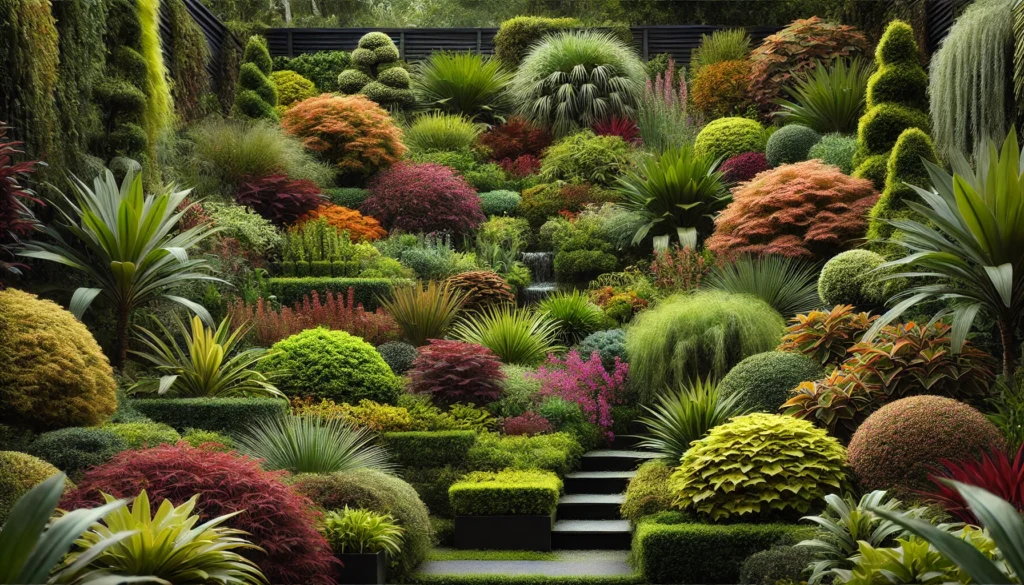
Uncommon Layering Techniques for Shrubs: Innovative Methods to Enhance Your Garden
Imagine transforming your garden into a lush, vibrant oasis without spending a fortune on new plants. One of the most overlooked yet powerful techniques to enhance your garden is using uncommon layering techniques for shrubs. This innovative method not only promotes healthy growth but also helps you create a thriving, diverse landscape. Whether you’re looking to propagate your favorite shrub or simply add more layers of beauty and texture, these unique layering methods can take your gardening skills to the next level. In this article, we’ll explore how these uncommon techniques can unlock new potential in your garden and give your shrubs the best chance to flourish. 🌸
Table of Contents
Toggle🌿 What is Layering for Shrubs? 🌱
Layering is a simple yet effective propagation technique where a part of the shrub is encouraged to grow roots while still attached to the parent plant. This allows you to create new plants without needing seeds or cuttings. 🌱
In shrub layering, a stem is bent down to the soil, where it naturally develops roots. Once rooted, the new plant can be separated from the original one, resulting in two healthy shrubs! 🌳✨
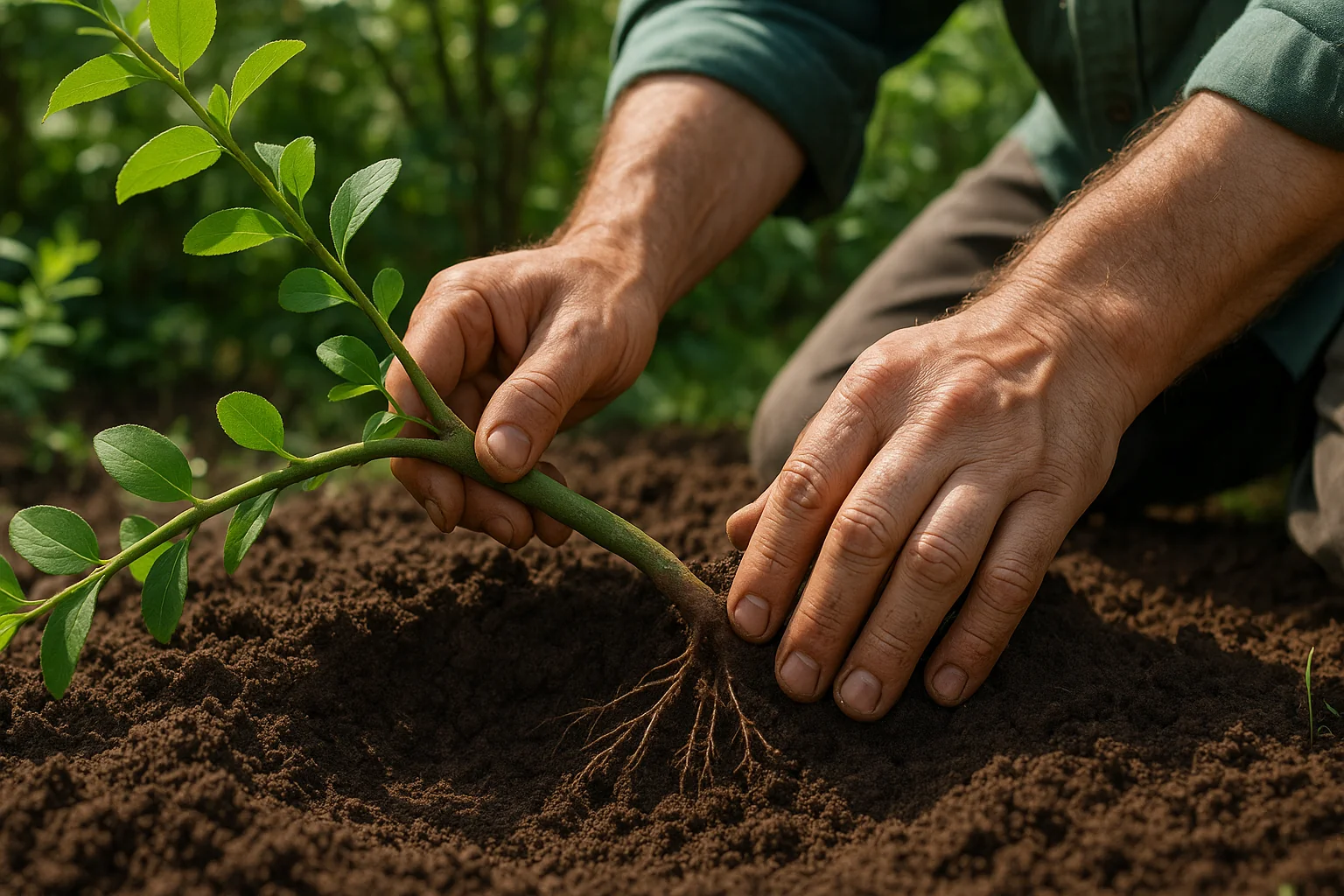
This method works especially well with shrubs that have flexible branches, making it an excellent choice for gardeners looking to expand their greenery without much effort. Plus, layering can help strengthen the shrub, promoting fuller growth. 🌸
Ready to learn how to try it? Keep reading!
🌿 Uncommon Layering Techniques for Shrubs 🌱
While traditional layering techniques work well, trying something a bit different can give you even better results! Here are some uncommon but effective methods to layer your shrubs and create new plants:
🏔️ Mound Layering
Mound layering is perfect for shrubs that tend to be hard to propagate. It involves piling up soil around the base of the shrub to encourage new roots to grow.
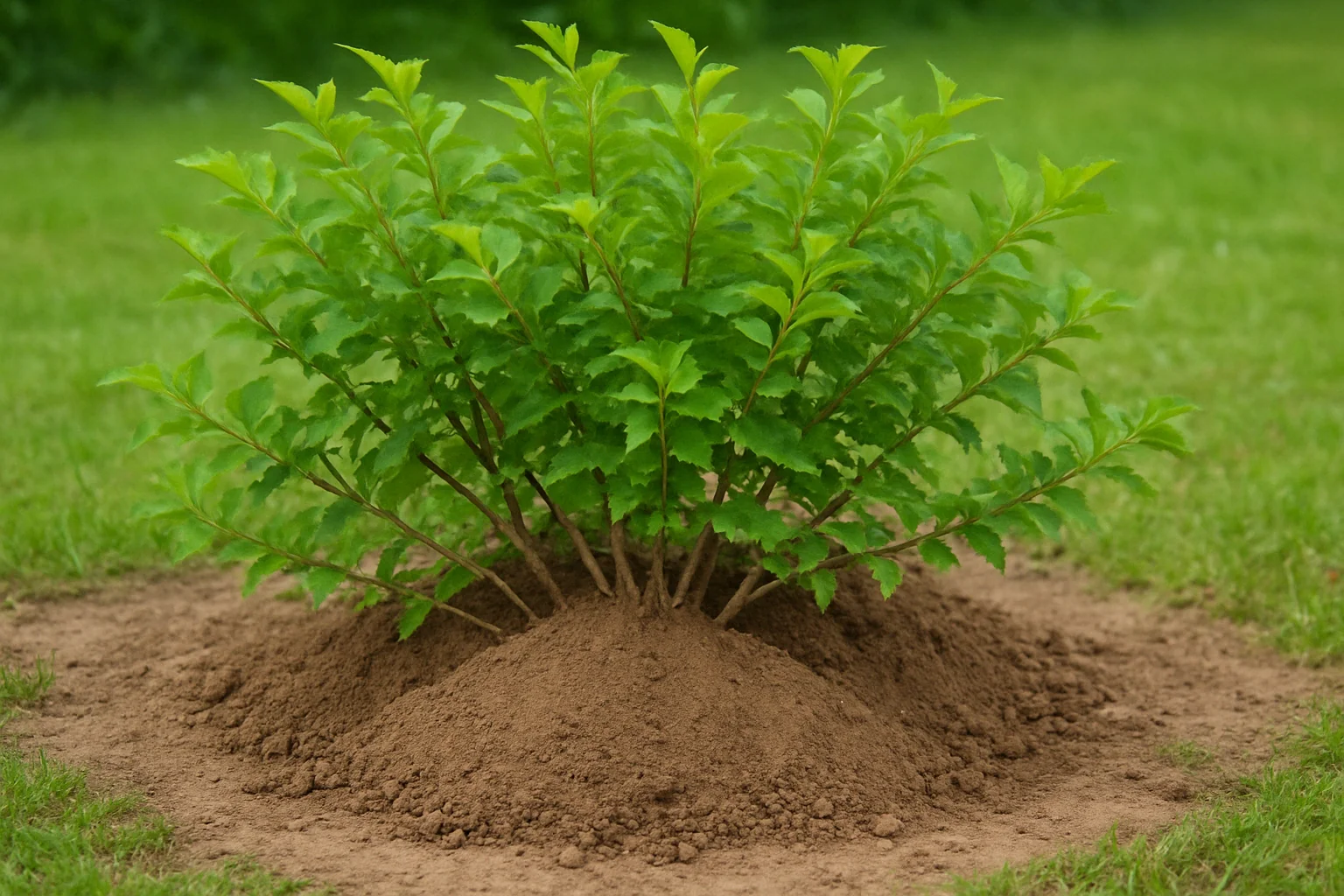
How to Do It:
• Choose a healthy shrub with low-growing branches.
• Pile loose, damp soil over the lower branches where you want roots to form.
• Over time, roots will begin to develop from the buried part of the stem.
• Once roots form, cut the new plant away from the parent shrub.
Best For: Large shrubs like lilacs and rhododendrons.
🐍 Serpentine Layering
Serpentine layering is all about creating a “zigzag” effect with your branches. It helps encourage more roots to form, especially in dense shrubs.
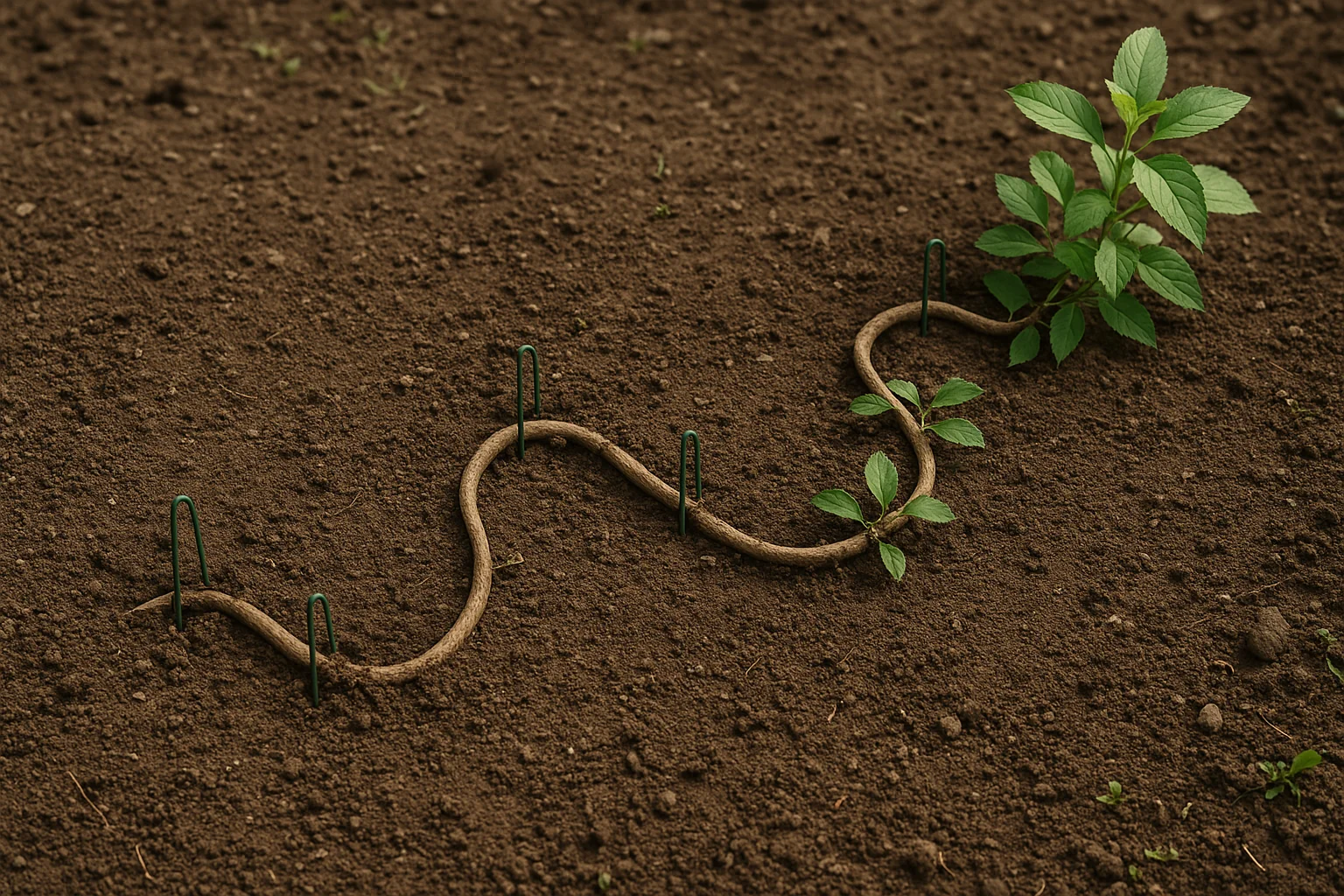
How to Do It:
• Bend the branch of a shrub to the ground, creating an S-shape or zigzag pattern.
• Gently bury parts of the branch along the way, leaving the tips exposed.
• Secure the buried sections with stakes or pins to keep them in place.
• After a few months, roots will form, and you can cut off the new plant.
Best For: Shrubs with flexible stems like honeysuckle or clematis.
🌱 Tip Layering
Tip layering is a simple technique where the tip of a branch is buried in the soil, allowing it to root and grow as a new plant.
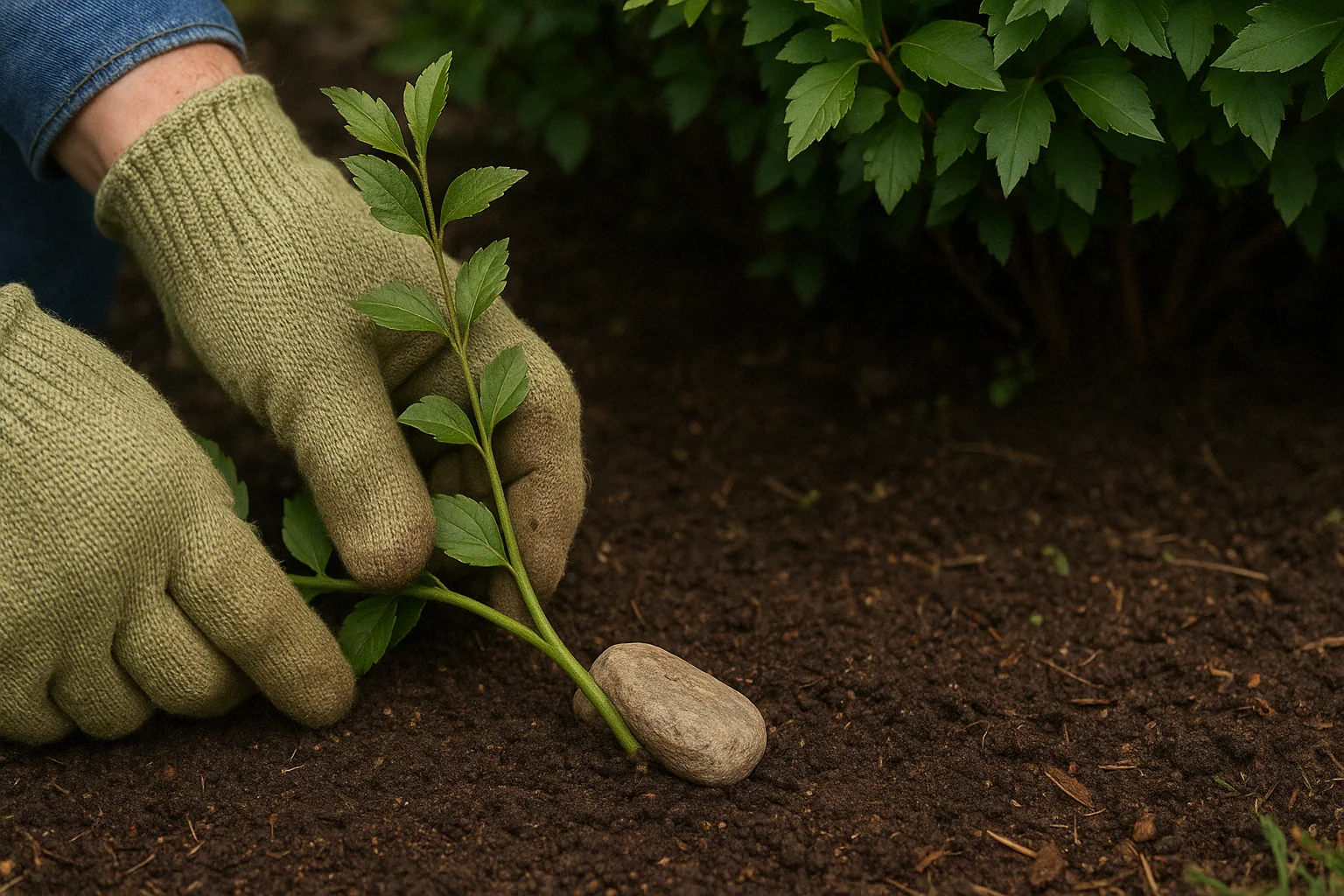
How to Do It:
• Select a healthy shrub with long branches.
• Bend a branch down so the tip touches the soil and bury just the tip.
• Keep the branch in place with a rock or pin.
• Wait for the tip to root, then cut it off from the parent plant.
Best For: Shrubs like blueberries or raspberries.
🌸 Simple Layering with Rooting Hormone
Using rooting hormone can speed up the rooting process and increase your chances of success when layering.
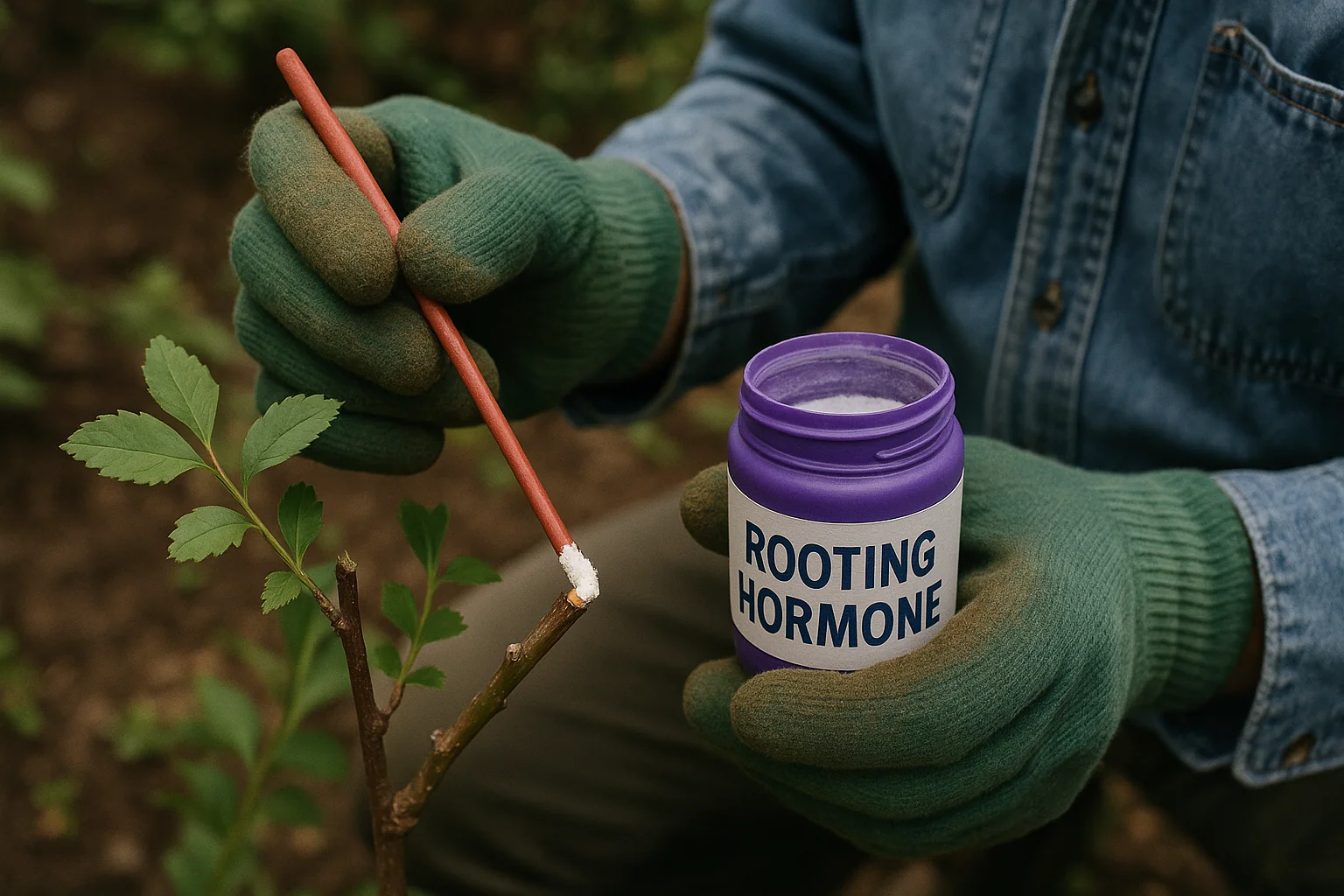
How to Do It:
• Choose a low-growing branch and gently wound the area where you want the roots to form.
• Apply rooting hormone to the wound and bury the stem in the soil.
• Cover it with soil and wait for the roots to form, ensuring the buried section stays moist.
Best For: Shrubs like azaleas and forsythias.
🌬️ Air Layering
Air layering is an advanced technique where you create roots while the branch is still attached to the parent plant, but you expose part of the stem to the air.
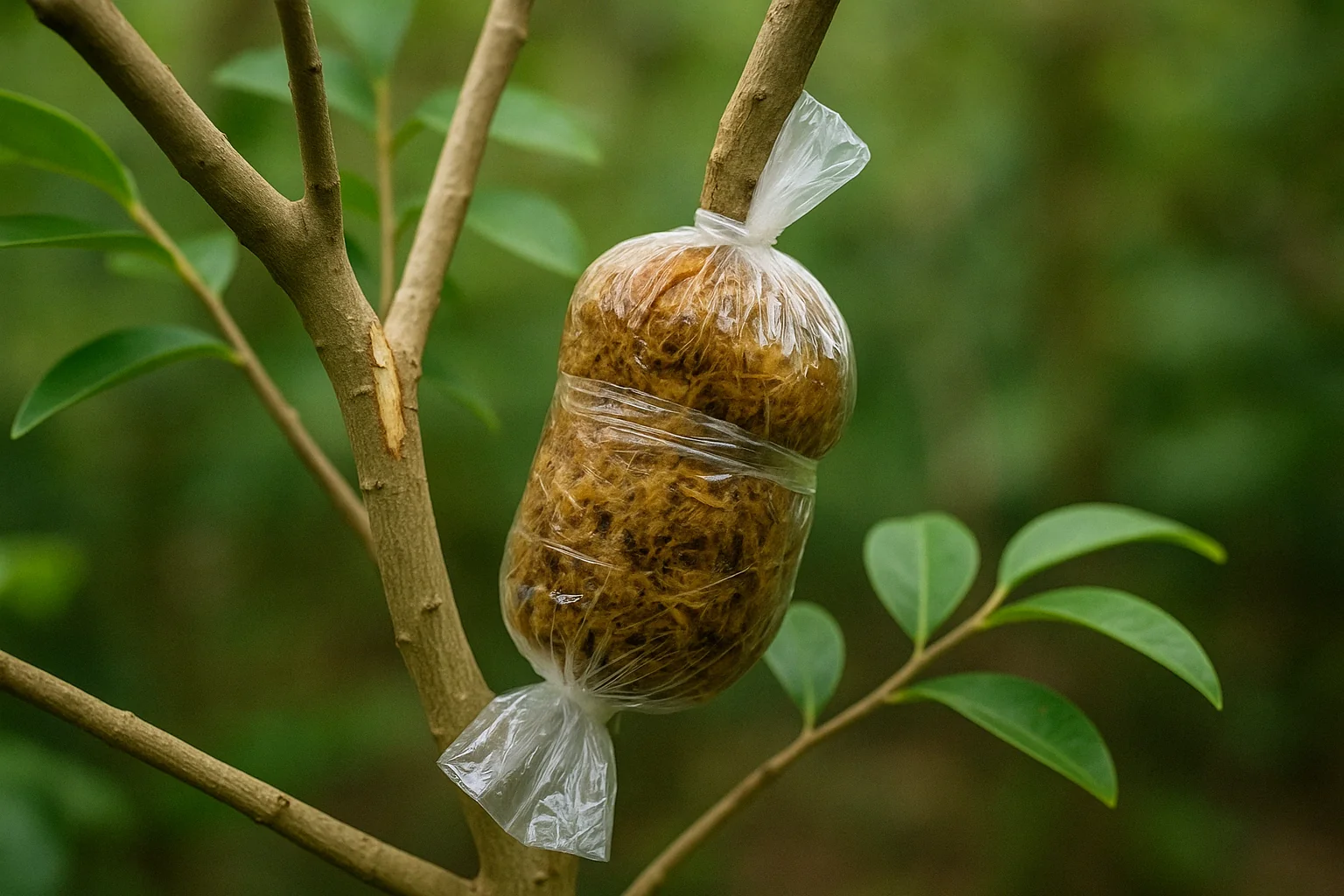
How to Do It:
• Select a healthy branch and make a small cut or scrape on the bark.
• Wrap the cut area with damp sphagnum moss and cover it with plastic wrap to hold moisture.
• Once roots develop, cut the branch below the new root ball and transplant it.
Best For: Shrubs like camellias and magnolias.
By experimenting with these uncommon layering methods, you can propagate a wider range of shrubs and achieve stronger, healthier plants for your garden! 🌻 Exploring uncommon layering techniques for shrubs will give you even more options to expand your garden with success.
🌱 When and Why to Choose Uncommon Layering Techniques 🌿
Choosing the right layering technique depends on the type of shrub you’re working with and your gardening goals. Uncommon layering methods can offer significant advantages, especially when traditional methods fall short. Here’s when and why you should opt for these innovative techniques:
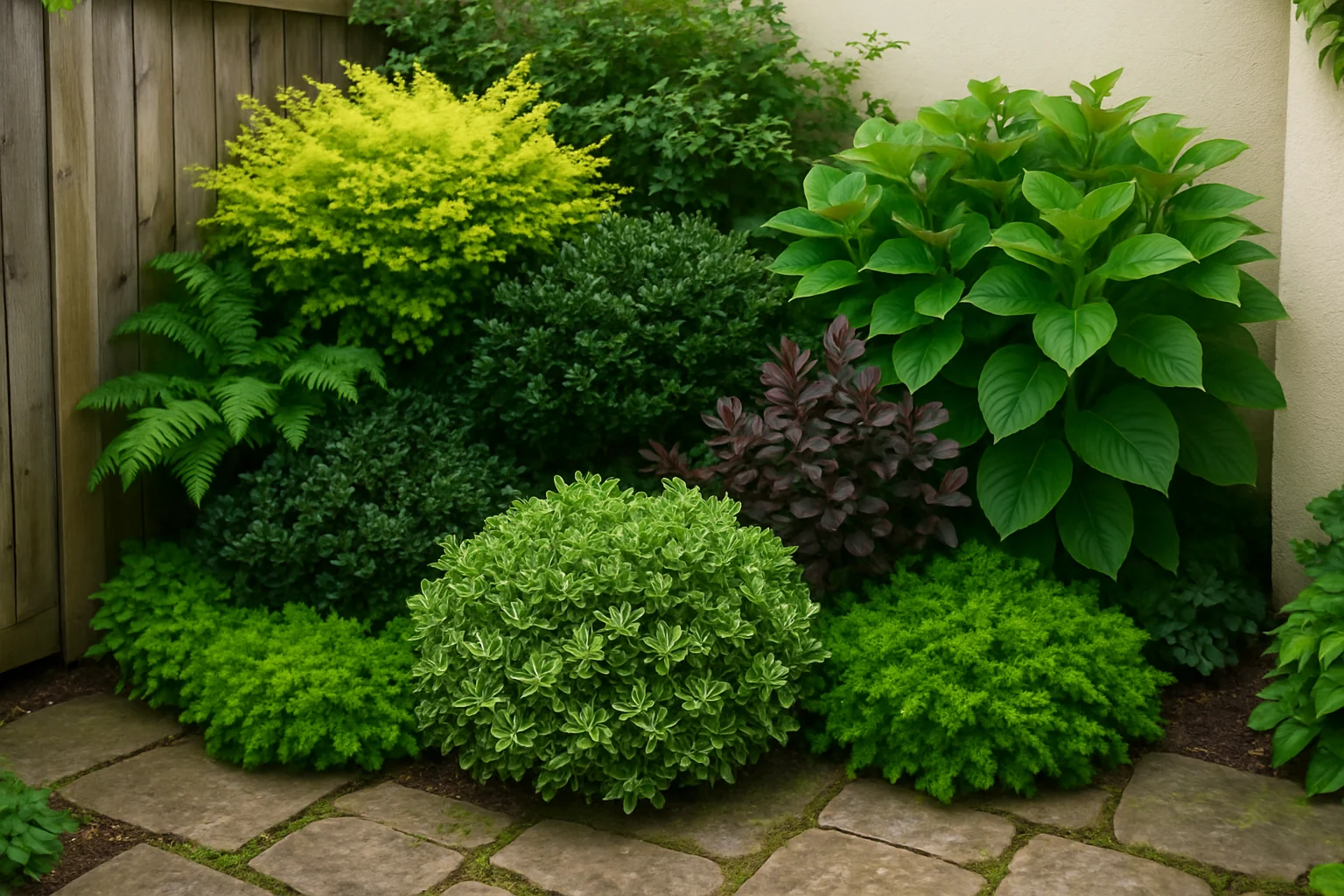
🌿 When to Choose Uncommon Layering Techniques:
- Hard-to-Root Shrubs 🌿
Some shrubs, like lilacs or forsythias, can be difficult to propagate through cuttings or other traditional methods. Uncommon layering techniques like mound layering or tip layering can help you bypass these challenges by encouraging roots to form naturally. - Limited Space for New Plants 🏡
If you have a small garden but want to grow more plants, layering is an excellent option. Techniques like serpentine layering allow you to propagate shrubs without taking up extra space by using the existing plant’s branches. - Fast Results ⏳
Uncommon methods like air layering can produce faster results than other propagation techniques. If you’re in a hurry to add new shrubs to your garden, these methods can quickly help you grow healthy plants that are ready to be transplanted. - Unique Aesthetic Goals 🌸
Sometimes, you may want to propagate shrubs with specific characteristics, like flower color or growth habit. Uncommon techniques, such as serpentine layering, ensure that the new plant retains the same features as the parent shrub, helping you maintain a consistent aesthetic.
🌼 Why to Choose Uncommon Layering Techniques:
- Increased Success Rates 🌟
Using techniques like rooting hormone during simple layering or air layering increases your chances of success, especially for plants that are slow to root or susceptible to pests and diseases in the soil. - Preserving Shrub Characteristics 🌼
If you want to keep the exact qualities of a shrub, such as flower color or shape, layering ensures the new plant is a clone of the original, unlike seeds that may not produce the same traits. - Less Stress for Plants 🌱
Layering is a gentle propagation method because the new plant grows while still attached to the parent. This reduces the stress plants experience when separated from the original shrub, ensuring the new plant is stronger and healthier. - No Need for Special Equipment 🛠️
Uncommon layering methods often don’t require specialized tools, making them easy to do at home with minimal cost. All you need is patience and a little creativity to see great results!
🌱 Troubleshooting Common Issues with Layering Techniques 🌿
Even though layering is a straightforward and rewarding technique, it’s not always smooth sailing. Sometimes, problems can arise, but don’t worry! Here are some common issues you might encounter while layering shrubs and how to solve them:
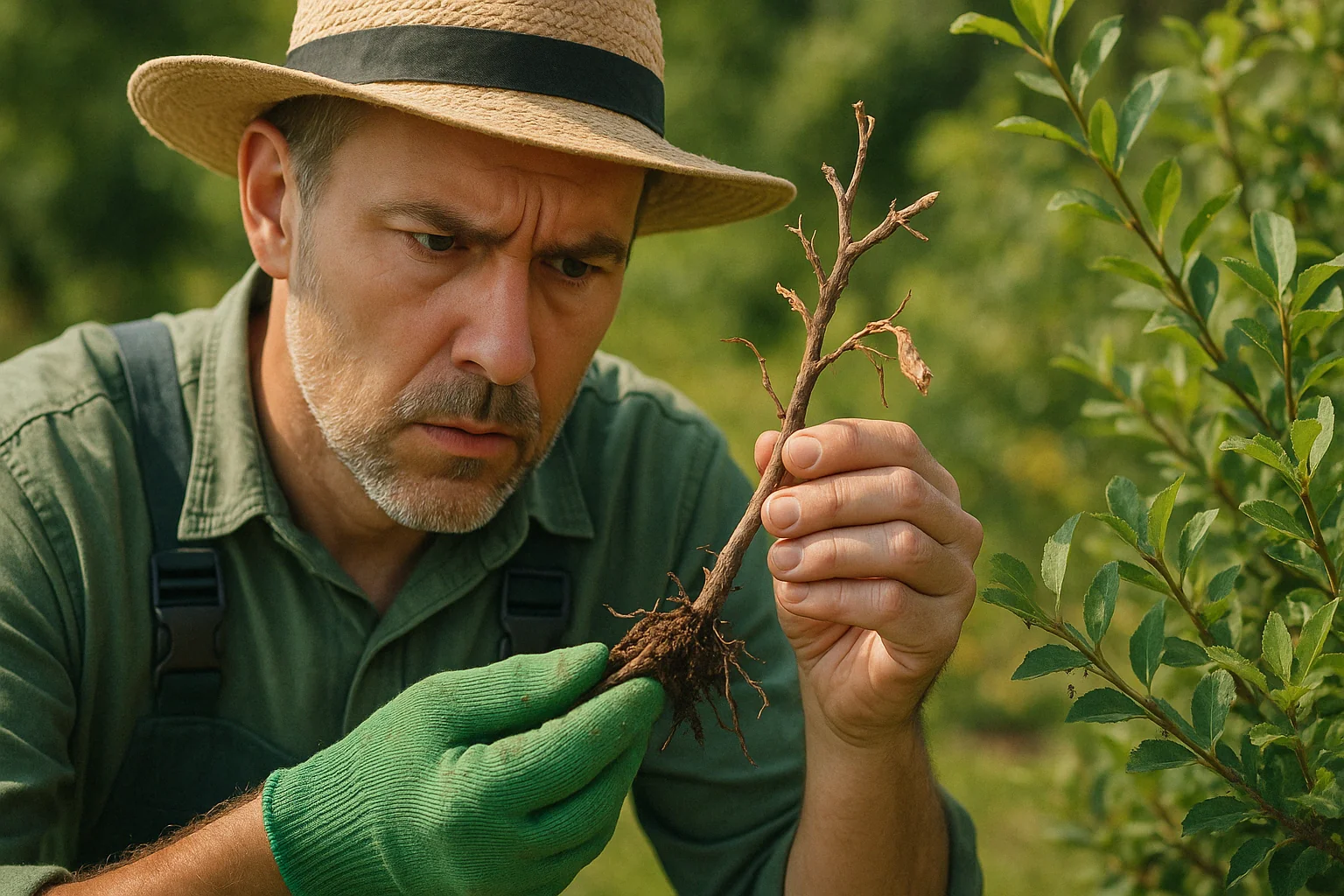
🌿 1. No Roots After Several Months 🌿
Sometimes, despite your best efforts, roots might not form as expected.
Possible Causes:
• Too little moisture: Roots need consistent moisture to form, so make sure the soil around the buried part stays damp but not soggy.
• Lack of rooting hormone: If you’re not using rooting hormone, consider applying it to encourage root growth, especially for harder-to-root shrubs.
• Too much sun: Direct sunlight can dry out the area you’re trying to layer. Try to keep the stem cool and shaded to encourage rooting.
Fix:
• Ensure the buried part of the branch is moist and covered.
• Consider using rooting hormone or changing the location to a shadier spot. 🌞
🐛 2. Pests or Disease Affecting the Layered Area 🌿
Pests like aphids or root rot can disrupt the process, especially if the layer is exposed to too much moisture.
Possible Causes:
• Overwatering: Too much moisture can lead to rot and fungal issues.
• Pests attracted to damp conditions: Small insects love moist environments and may attack the new roots.
Fix:
• Check for pests regularly and remove them manually.
• Ensure good air circulation and avoid overwatering. Use a fungicide or insecticidal soap if necessary. 🧴
🌱 3. The Layered Branch Is Not Staying in Place 🌿
Sometimes, branches won’t stay buried or in contact with the soil.
Possible Causes:
• Inadequate support: Without proper support, the branch may pop up or fail to root.
• Wrong angle or too much pressure on the branch.
Fix:
• Use garden staples, rocks, or stakes to secure the branch in place.
• Adjust the angle of the branch so it’s in contact with the soil but not under too much pressure. Make sure the soil is loose enough to allow root growth. 🌱
🌿 4. Layered Branch Is Not Growing Strongly 🌿
If the new plant seems weak or sluggish, there may be a problem with the growing conditions.
Possible Causes:
• Poor soil quality: The soil around the layered part might lack essential nutrients.
• Inadequate sunlight or warmth: Some shrubs need warmth to root properly.
Fix:
• Improve the soil around the layer by mixing in compost or organic matter.
• Ensure the plant gets enough indirect sunlight and warmth. You can cover the layered area with a plastic bag to create a mini greenhouse effect for added warmth. 🌞
By keeping a close eye on your layered plants and adjusting as needed, you’ll improve your chances of success and enjoy thriving new shrubs! 🌿🌸 Learning about uncommon layering techniques for shrubs can further enhance your propagation skills and help you achieve even better results. 🪴
🌷 Enhancing Your Garden with Layered Shrubs 🌿
Layering isn’t just about propagating new plants—it’s also a fantastic way to enhance your garden’s beauty and design. Here’s how you can use layered shrubs to elevate your outdoor space:
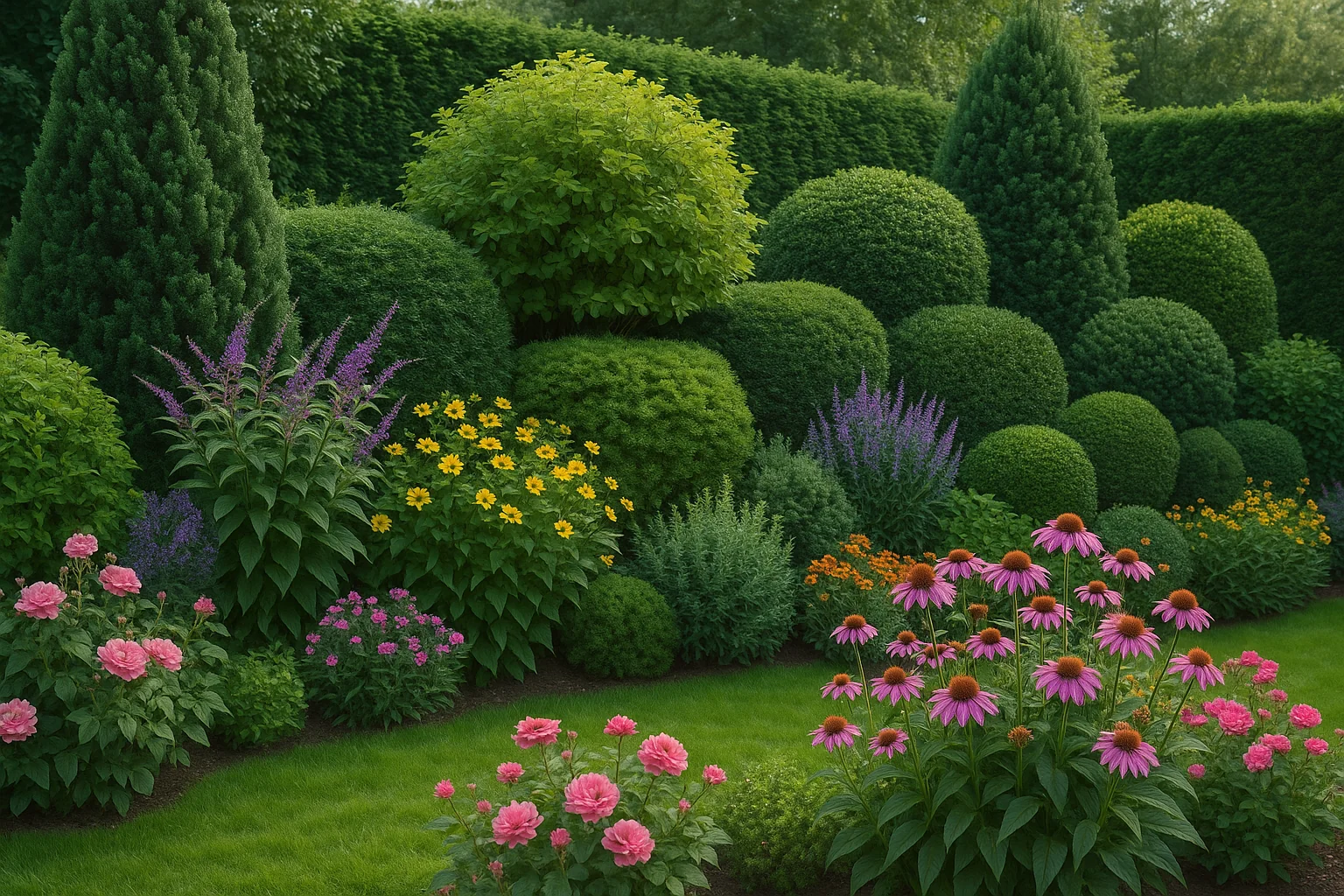
🌳 1. Create Natural Fences and Privacy Screens 🌿
Layered shrubs can be used to form dense, lush barriers that add privacy to your garden. Whether you’re looking to block out neighbors or create a secluded outdoor space, layering is an effective way to achieve this without having to buy new plants.
Tip:
• Use fast-growing shrubs like honeysuckle or forsythia and layer them in a zigzag pattern to form a more natural-looking fence.
🌸 2. Add Variety and Texture 🌿
Layering different types of shrubs can bring variety and texture to your garden. By combining shrubs with different shapes, colors, and flowering times, you can create a visually interesting and dynamic garden.
Tip:
• Layer evergreen shrubs like boxwoods with flowering shrubs like lilacs to add both structure and seasonal color.
🏡 3. Fill Empty Spaces and Gaps in Your Garden 🌱
Layering is a perfect solution for filling in empty spaces between mature shrubs or trees. By strategically layering new plants, you can quickly fill in those gaps, creating a fuller, more lush garden.
Tip:
• Focus on layering smaller shrubs or groundcovers in the gaps between larger plants. This will not only make your garden look more abundant but also help prevent weeds.
🌿 4. Enhance Aesthetic Appeal with Unique Plant Shapes 🌸
By layering shrubs that have unique forms—like cascading branches or rounded tops—you can add architectural interest to your garden. This helps break up the monotony and adds layers of visual intrigue.
Tip:
• Try layering shrubs with contrasting shapes, such as the spiky appearance of lavender paired with the round, soft look of boxwood for a balanced, eye-catching effect.
🌍 5. Boost Garden Health and Sustainability 🌿
Layering shrubs can help improve the overall health of your garden. By propagating plants that thrive in your local conditions, you’re creating a more resilient garden that can handle pests, diseases, and changing weather conditions. Layered plants also contribute to soil health by adding organic matter over time.
Tip:
• Layer shrubs that are native to your region. Native plants are adapted to your local climate and can help sustain beneficial wildlife, like pollinators and birds.
By creatively using layering techniques, you’ll not only expand your garden but also create a healthier, more aesthetically pleasing space that thrives year after year! 🌻 Learning about uncommon layering techniques for shrubs can further enhance your garden’s beauty and long-term success. 🌿🌸
🌱 Final Thoughts 🌷
Layering is a simple yet powerful technique that can transform your garden. Whether you’re looking to propagate hard-to-root shrubs, fill in empty spaces, or create a lush privacy screen, layering offers an effective, natural solution. By experimenting with uncommon methods like mound, serpentine, tip, and air layering, you can enjoy increased success rates and healthier plants.
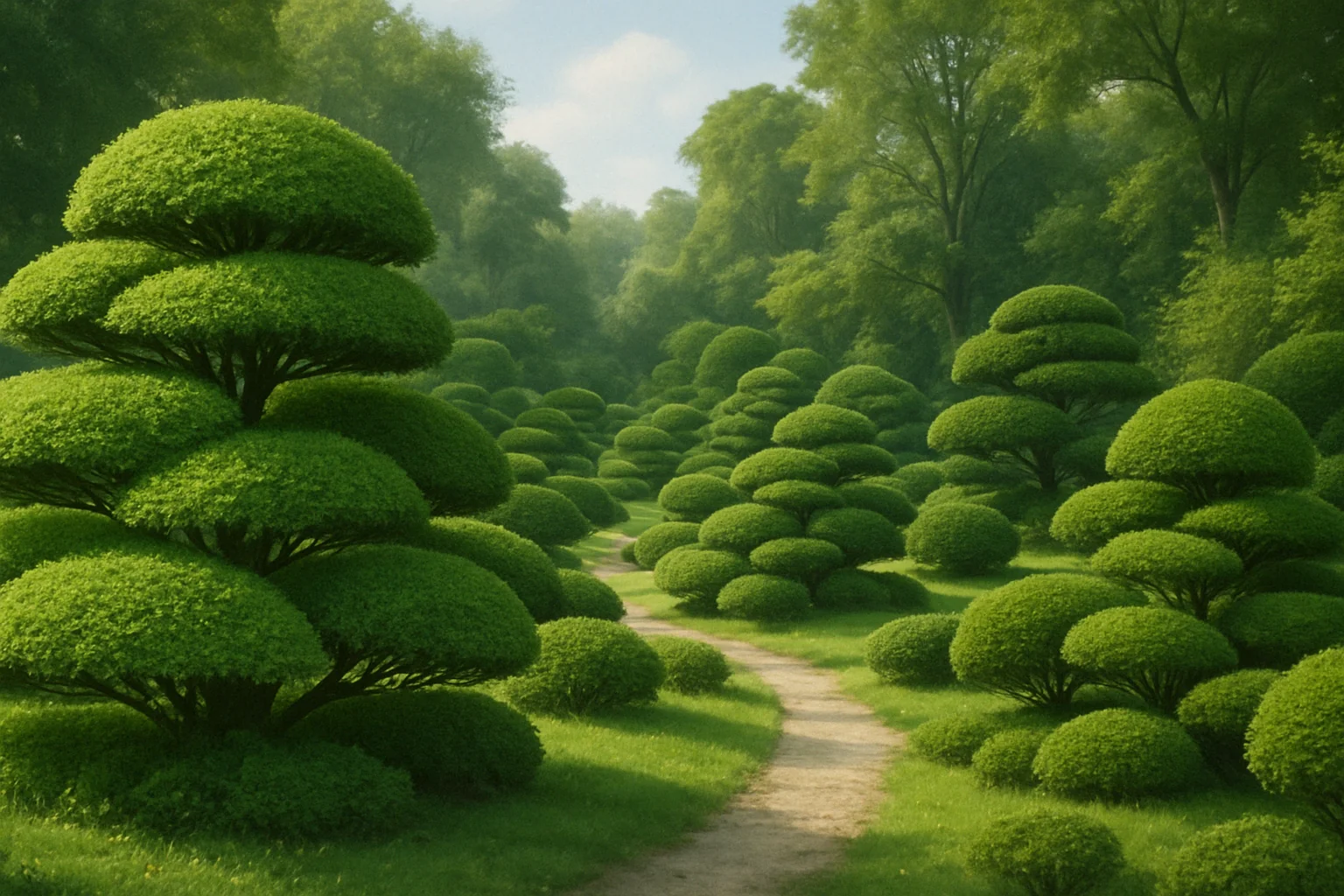
Remember, patience is key—success in layering often takes time, but the rewards are well worth it. You’ll not only expand your garden but also gain a deeper connection with your plants as you watch them grow and flourish. Exploring uncommon layering techniques for shrubs can open up even more exciting possibilities for growing your garden creatively.
So, grab your gardening tools, try out these innovative techniques, and enhance your garden with beautiful, layered shrubs. 🌸 Your garden will thank you for it! 🌿
Frequently Asked Questions (FAQ)
How long does it take for a layered shrub to root? ⏳
The rooting process can take anywhere from a few months to a year, depending on the shrub type, weather, and layering method. Generally, air layering tends to root faster, while techniques like mound layering may take longer.
Can I use layering for all types of shrubs? 🌿
Most shrubs can be propagated through layering, but some are more suitable than others. Hardy shrubs like honeysuckle, forsythia, and azaleas are excellent candidates, while more delicate varieties might require extra care.
Do I need rooting hormone for layering? 🌱
While rooting hormone is not always necessary, it can significantly increase success rates, especially for shrubs that are hard to propagate. Applying it to the area you want to root can speed up the process.
Can I layer shrubs in the winter? ❄️
Layering is typically done in spring or early summer when the plant is actively growing. However, winter layering may work for certain hardy shrubs if the temperatures are mild and the soil doesn’t freeze. Make sure the area is protected from frost.
How do I know when it's time to cut the new plant from the parent shrub? ✂️
Once roots have formed and you see new growth, it’s time to sever the new plant from the parent. Gently tug on the layered part; if it resists, it’s rooted well enough to be separated.
Item #6aWhat do I do if the layered plant doesn’t root properly? 🤔
If you encounter trouble with rooting, ensure the soil stays moist (but not soggy), check for pests, and consider using rooting hormone to encourage new growth. If necessary, try a different layering technique that may be better suited to the shrub.
Can I use layering to grow shrubs in containers? 🪴
Yes! Layering is a great option for container gardening, especially if you want to expand your plant collection without overcrowding. Just make sure the container has enough space for the layered plant to grow and develop roots.
What are some uncommon layering techniques for shrubs, and why should I try them?
Uncommon layering techniques for shrubs, such as serpentine layering, tip layering, and mounding, offer creative ways to propagate plants that might not root easily with standard methods. Trying these techniques can improve your success rate, help you grow a wider variety of shrubs, and make your garden more diverse and resilient.
